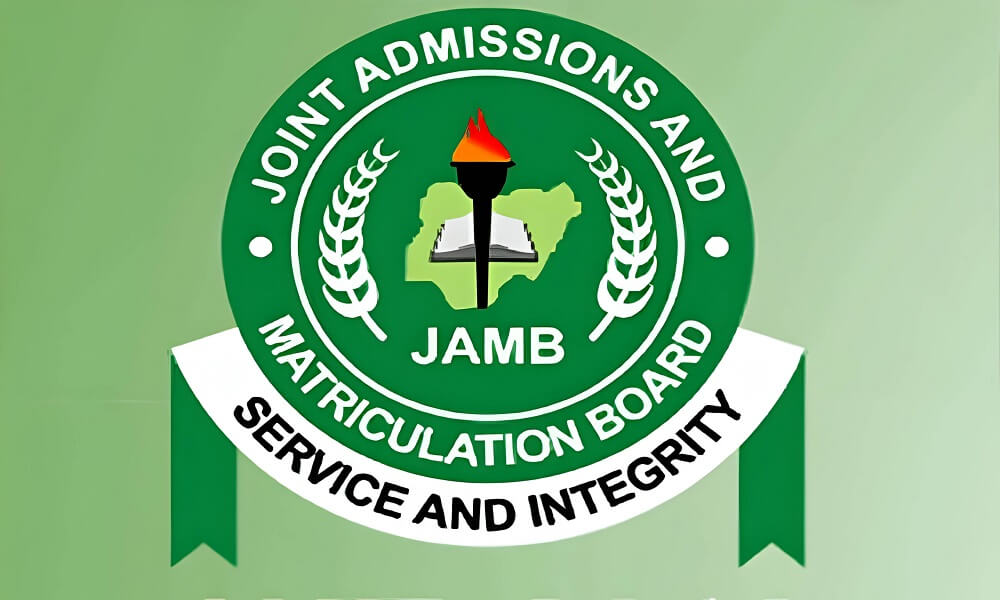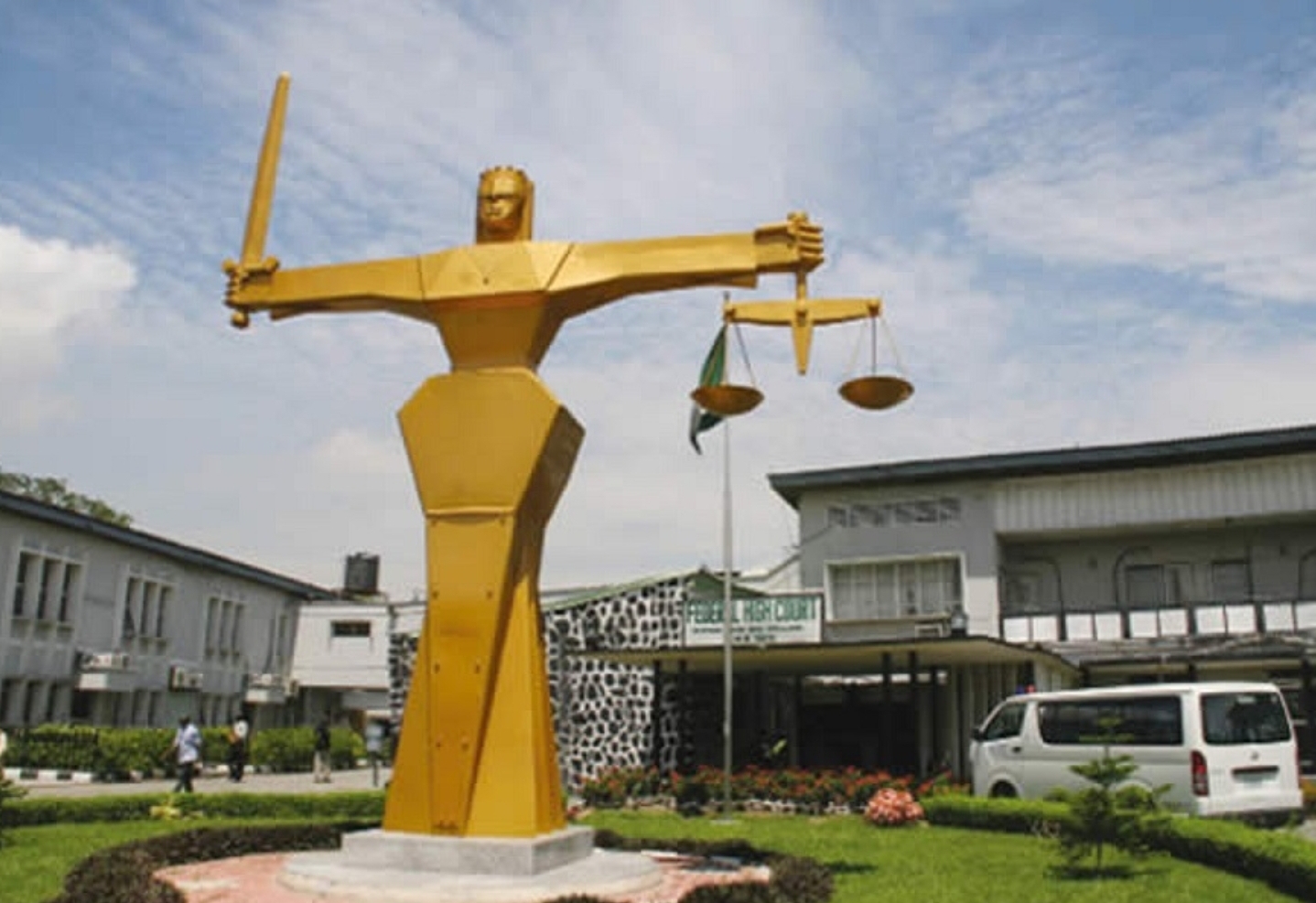Ovulation is the discomfort or cramping felt on one side of the lower abdomen during ovulation.
Place your adverts here on InfoDig @ low rates; banner ads, sponsored links and guest articles etc. Contact us
Ovulation pain affects a lot of women.
For some, ovulation happens without any noticeable symptoms, while others may experience mild to severe pain that can last anywhere from a few minutes to a couple of days. This can be worrying, especially if you’re unsure about what’s causing the pain.
Let’s discuss five common causes of ovulation pain and provide some tips on how to find relief, so you can feel more comfortable during your cycle.
1. Follicle growth and rupture
Each month, an egg matures inside a fluid-filled sac called a follicle in the ovaries. As the egg grows, so does the follicle, which can stretch the surface of the ovary and cause discomfort or pain. When the follicle eventually bursts to release the egg, this rupture can also trigger sharp or dull pain. This is the most common cause of ovulation pain, and it typically happens around the middle of the menstrual cycle.
2. Irritation from fluid or blood release
When the egg is released from the ovary, it’s accompanied by some fluid or a small amount of blood. This fluid or blood can irritate the lining of the abdomen (called the peritoneum), causing cramping or sharp pain. The body usually absorbs the fluid quickly, but for some, the irritation can lead to temporary discomfort.
3. Ovary swelling
During ovulation, one ovary releases an egg, and it can become temporarily swollen. This swelling can put pressure on nearby structures in the pelvis, like the bowel or the bladder, which can make the pain more noticeable. Some people might feel a heavy or bloated sensation in their lower abdomen because of this.
4. Hormonal changes
Ovulation is driven by hormones, particularly estrogen and luteinising hormone (LH). The rapid hormonal shifts around ovulation can cause sensations of discomfort or cramping. These hormones signal the ovary to release the egg, and this process can sometimes be felt as pain.
5. Endometriosis or other medical conditions
For some people, ovulation pain may be linked to underlying conditions like endometriosis or ovarian cysts. Endometriosis is when tissue similar to the lining inside the uterus grows outside of it, leading to pain during ovulation and at other times in the menstrual cycle. If ovulation pain is severe or lasts longer than usual, it’s important to consult a healthcare professional.
How to find relief
If ovulation pain is mild, it usually resolves on its own without treatment. However, for more persistent discomfort, here are some tips for relief:
- Over-the-counter medications like ibuprofen or aspirin can reduce inflammation and ease pain.
- Using a warm heating pad or taking a warm bath can help relax muscles and relieve cramping.
- Drinking plenty of water can reduce bloating and help ease discomfort.
- Sometimes, taking it easy and resting for a while can help the pain subside.
If the pain is severe or doesn’t go away, speak with your doctor to rule out any serious conditions.
This content was created with the help of an AI model and verified by the writer.
JOIN OUR PULSE COMMUNITY!
Our newsletter gives you access to a curated selection of the most important stories daily.
Welcome to the Pulse Community! We will now be sending you a daily newsletter on news, entertainment and more. Also join us across all of our other channels - we love to be connected!
Unblock notifications in browser settings.













)

 English (US) ·
English (US) ·